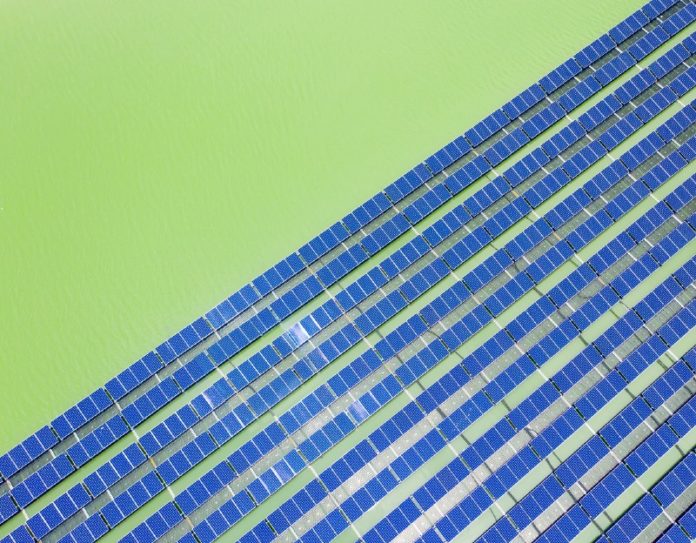
Swedfund will provide grant support for analytical studies about floating solar PV development in Uganda.
This comes after the Governments of Uganda and Sweden signed a Memorandum of Understanding around several initiatives meant to support the Ugandan energy sector.
The Swedish support could turn Uganda into a pioneer in the use of floating solar PV panels in Sub-Saharan Africa.
Now that the grant has been secured, a consultant will be hired to embark on the analysis. The study should take around 21 months, starting in January. It will focus on pioneering the floating solar development for either of the reservoirs at the hydropower plants at Nalubaale and Kiira, or Bujagali, Ismba or Karuma.
At the moment almost 80% of Uganda’s installed electricity capacity is generated by large and small hydropower plants, which have become very prone to climate change. Their other energy sources are co-generation, thermal and solar PV.
 Uganda’s energy mix. Image: Swedfund.
Uganda’s energy mix. Image: Swedfund.
To improve the energy mix dilemma, the Uganda Electricity Generation Company (UEGCL) with support from Swedfund, plan to explore venturing into other alternative renewable energy starting with conducting analytical studies for floating solar technology.
Some of the main advantages of floating solar include:
- No need for land hence no displacement of people;
- Utilising the existing reservoirs for hydropower plants;
- Sharing of the transmission infrastructure to evacuate the power from floating solar facilities; and
- Reduced evaporation on the hydropower reservoirs.
A study assessing floating solar PV potential in existing hydropower reservoirs in Africa, published in the online journal Renewable Energy, looked at electricity production, the evaporation savings and the potential extra hydroelectricity generated by potential water savings.
It indicated that with total coverage of less than 1%, the installed power capacity of existing hydropower plants could double and electricity output could grow by 58%.










